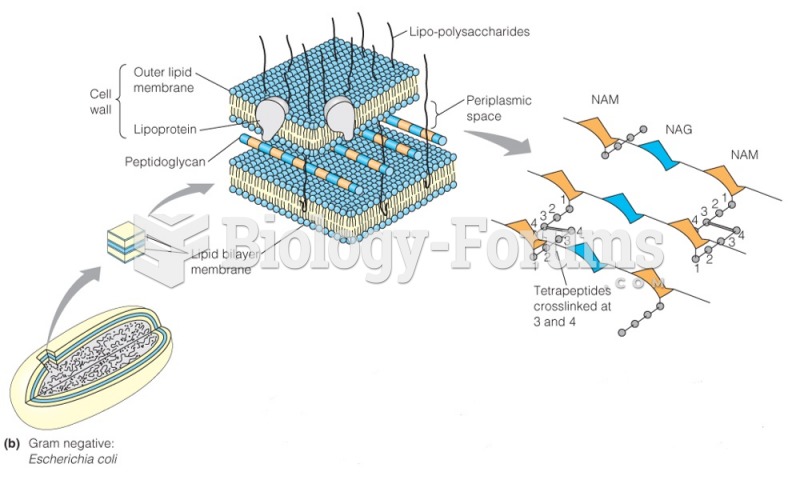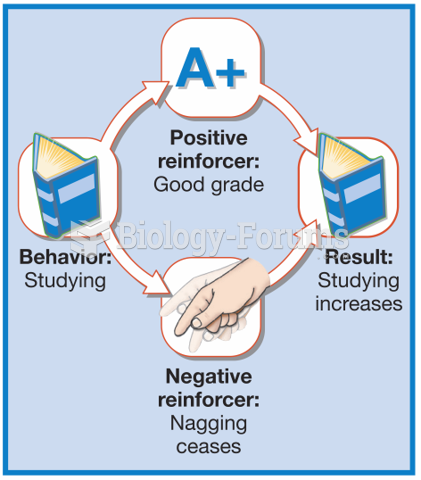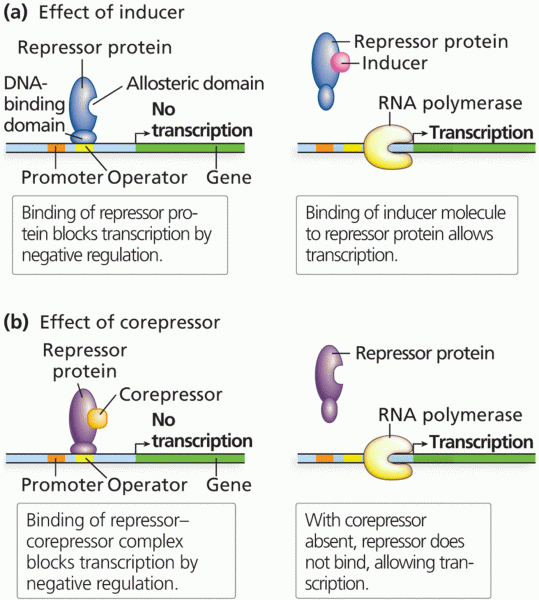Answer to Question 1
ANSWER:
In a positive reinforcement program, a parent could give the child something that he regards as positive every time the child cleans his room. Shaping would involve giving reinforcement every time the child cleaned even a small part of his room. Some positive reinforcers could be having ice cream or pizza, going to a movie, or visiting with friends.
In a negative reinforcement program, a parent would impose a continual unpleasant situation on the child and remove it only when the child cleans his room. Some examples include grounding the child until he cleans his room, allowing no television until he cleans his room, or allowing no snacks until he cleans his room. By exhibiting appropriate behavior, the child could remove the aversive situation.
A program based on punishment would involve applying something negative with no chance of removal in the hopes of eliminating an undesired behavior. The child could be grounded for a week, allowed no snack, or allowed no television because he has not cleaned his room. This punishment would aim to eliminate the non-room-cleaning behavior.
A drawback of punishment is that the child may associate the punisher with the punishment and thus become afraid of the parent. Punishment will be ineffective unless it is administered immediately after a response and follows every response made. The child must always be punished immediately after he does not clean his room.
For punishment to be effective, the parent must specify that the child is being punished and that it is his non-room-cleaning behavior that is being punished, not the child himself. The punishment must be immediate and severe. The punishment should be paired with reinforcing a more appropriate response.
Answer to Question 2
ANSWER:
Below is a sample response:
When I was in high school, I had a date with a pretty girl that I had liked for a long time. We went out to eat pizza at Pizza Jim's. Because we were having such a fun time, I didn't notice how hot the pizza was until I bit into it. I jerked the pizza away from my face, but not all the pizza went with my hand. I found myself holding crust with cheese, sauce and toppings dripping down my face and shirt. The heat of the cheese, sauce, and toppings was intense, and my face hurt for a long time afterward. After this experience, the mention of Pizza Jim's would make me feel bad and recoil. The unconditioned stimulus in this example is the hot food, and the unconditioned response is the pain. The conditioned stimulus is the restaurant, Pizza Jim's, and the pain reaction is the conditioned response. Luckily, I did not experience stimulus generalization and was able to continue eating pizza at Walter's Pizza Shack and Chez Eileen. But Pizza Jim's is the best, and I would be around people who ordered it. I would smell it, and people would offer me a taste, and little by little I overcame my fear of Pizza Jim's.







